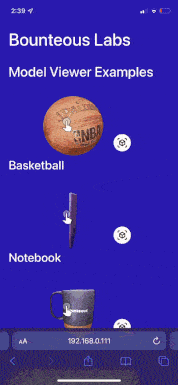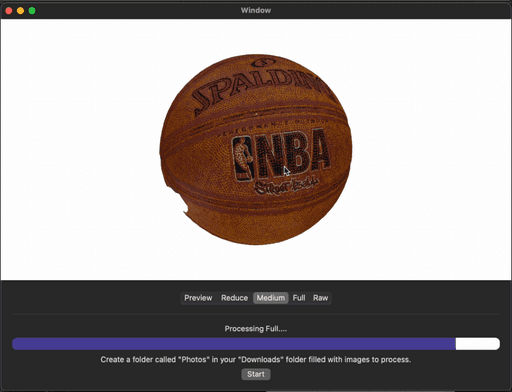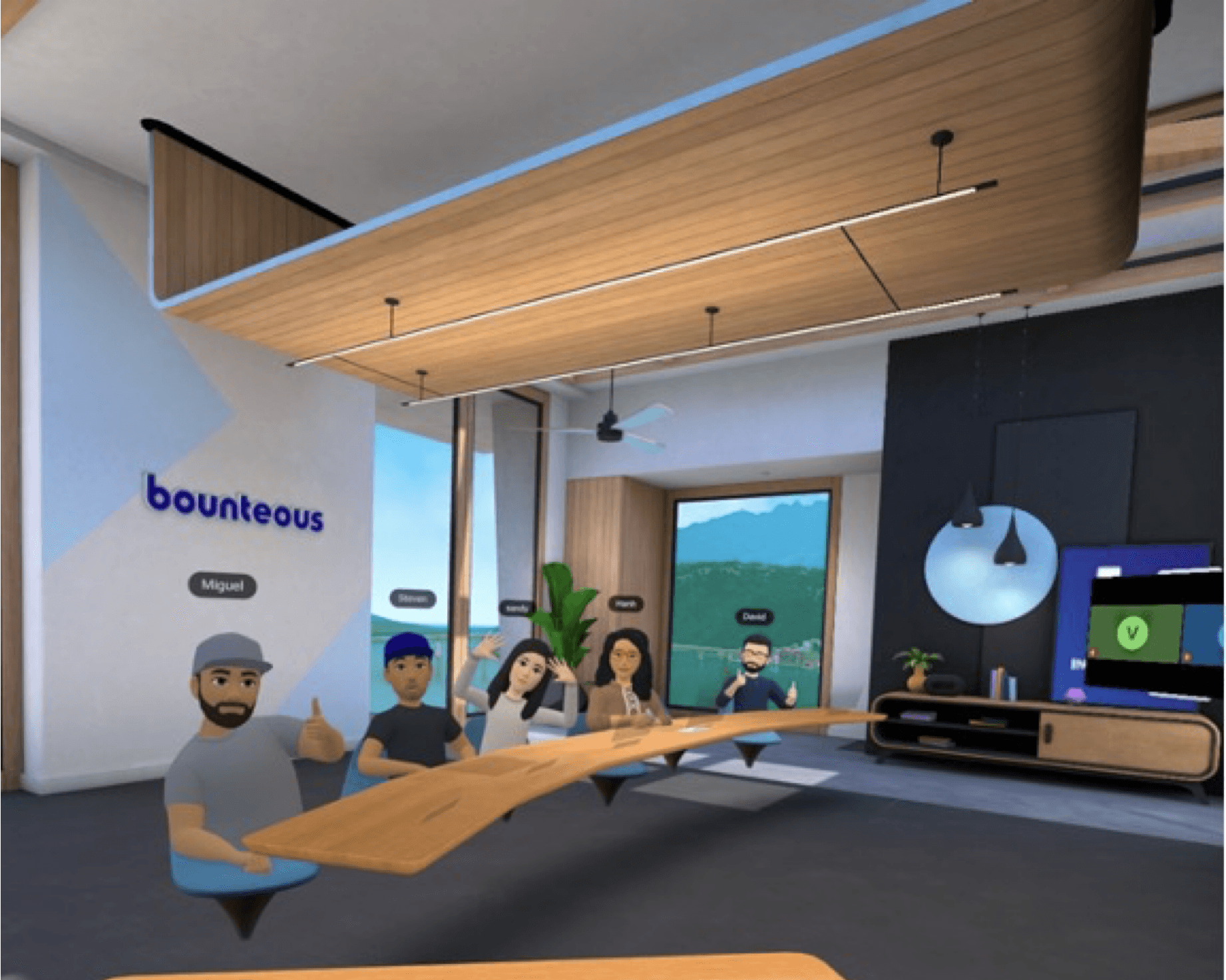
Bounteous AR e-commerce
⟡ Highlight skillsets
THE WHY (AND WHY NOW)
Right now, all the buzz around the Metaverse is hard to ignore. People want more than just flat images when they shop online. They want immersive, lifelike interactions with products.
But the problem? Most e-commerce sites are still stuck in the old ways of doing things—static photos and product descriptions. The future demands something more interactive.
Apple’s Object Capture API changes the game. It takes a series of photos and transforms them into high-quality 3D models that can be dropped into any e-commerce platform. I was tasked with turning these raw capabilities into a proof of concept that would inspire our team and show the world what’s possible when you blend innovation with great design.
THE CHALLENGE
Transforming real-world objects into 3D models is more than just a technical challenge; it’s about connection. Sure, you need the right lighting and consistent photos, but that’s only the beginning.
The bigger challenge? Making these models engaging across platforms: desktop, mobile, and AR. It’s not just about the tech; it’s about the feeling.
When Skyler Lauren (Product Owner), Sandy Jakkavanrangski (Design Manager) and Miguel Caballero (Lead Engineer) showed me the technology and hurdles we faced, it became clear: our goal was to create experiences. That meant thinking about the user journey, the moments where interaction should feel effortless, and where the experience should create delight.

WHAT WE DID (AND HOW WE DID IT)
We started by exploring Apple’s Object Capture API. This tool uses photogrammetry to stitch together images into 3D USDZ files. These files are then ready to be displayed on websites, used in AR, or integrated into any e-commerce experience.
Our question: How do we make this seamless for users?
We explored two different approaches for embedding these models into websites:
Google’s Model-Viewer: This HTML element is easy to implement and lets users interact with 3D models directly on the webpage. The experience is smooth, but AR capabilities are limited to iOS.
Three.js + Apple’s AR Quick Look: For a deeper experience, we dove into Three.js, a JavaScript library for displaying 3D objects, combined with AR Quick Look for iOS. This approach allowed users not only to view the models in 3D but to interact with them in their real-world environments through AR.
THE AUDIENCE
This PoC wasn’t just about testing the tech; it was about showing its potential to different audiences. My goal was to design the experience to be scalable and flexible, so it could be applied to various products and industries.
Bounteous internal team
Aimed to inspire our team by showcasing the future of e-commerce and the potential of embedding 3D models into product pages
Solution-seekers within Bounteous
For internal teams interested in turning physical objects into 3D assets, this PoC provided a clear path forward.
C-level clients
Finally, we needed to show our top-tier clients why this matters for them. They don’t want tech for tech’s sake; they want business results.
EXPERIENCE DESIGN IN ACTION
My mission was clear: let the user experience shine while technology plays its supporting role. Whether on desktop, mobile, or in AR, the journey had to feel effortless.
On desktop
The interaction was designed to be smooth and intuitive. Users could rotate the product, zoom in for details, and get a 360-degree view—all without any extra effort. This mirrors the tactile experience of handling a product in a physical store.
On iOS
Integrated AR Quick Look to allow users to take the product and place it in their real environment. Imagine browsing for a lamp and being able to place it on your desk in real-time before you even click “Buy.” That’s the kind of interaction I wanted to make seamless.
On Android
We leveraged WebXR for AR functionality, creating a similar experience to iOS. It wasn’t just about providing access—it was about making sure the experience felt just as engaging across platforms.
WHAT HAPPENED NEXT?
The internal reception was incredible. Seeing the technology in action, the Bounteous team realized this was more than just a proof of concept—it was a glimpse into the future of e-commerce. I saw firsthand how a great user experience can turn technology into a tool for solving real problems.We also tested the site on the Metaverse using Oculus.
While not all project specifics can be shared openly, I'm open to discussing further in private for any potential hiring or partnering opportunities.
Let's connect
Or keep going

